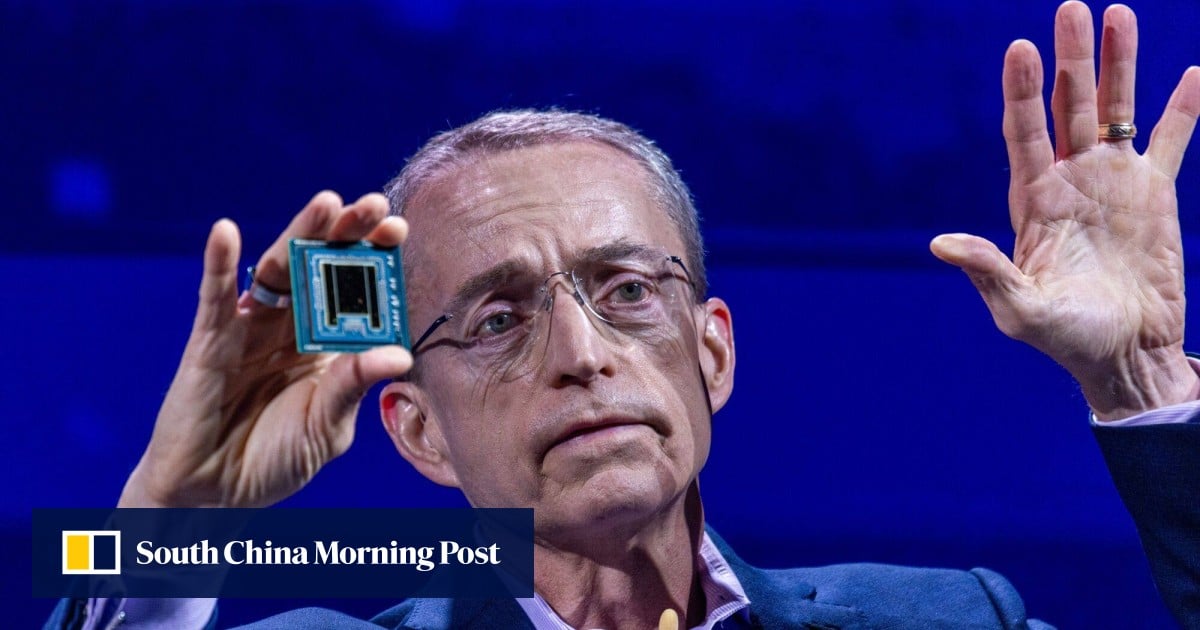The woolly mammoth could roam the Earth once again.
That’s the goal of Colossal Biosciences as the biotech company announced a major breakthrough Wednesday in its mission to revive the 6-ton, 16-foot animal back from extinction.
The Dallas-based company said it has created a set of stem cells from an Asian elephant in hopes of bringing back a creature that would be eerily similar to the woolly mammoth, according to reports.
“This is probably the most significant step in the early stages of this project,” said geneticist and company co-founder George Church, a Harvard University professor, according to NPR.
The woolly mammoth went the way of the dodo bird about 4,000 years ago, and while the company wouldn’t bring back the same exact species, it would create an animal that has similar traits like a heavy fur coat and plenty of fat to withstand freezing temperatures.
“It will walk like a Woolly Mammoth, look like one, sound like one, but most importantly it will be able to inhabit the same ecosystem previously abandoned by the Mammoth’s extinction,” the company said.
The company’s goal, however lofty, is to eventually genetically tinker a stem cell’s nucleus with genes from a mammoth, then merge that with an elephant egg, the Washington Post reported. Then the embryo would be placed in an elephant surrogate who would hopefully give birth.
But not everyone is on board with Colossal’s goal.
A University of Sheffield paleontologist in England, Tori Herridge, warned any living elephant that gives birth to a new mammoth will face at least some level of suffering.
“How many dead elephants are we willing to have to get one woolly one,” she told the Washington Post.

Another scientist bluntly called it “irresponsible.”
“What are you going to get out of this?” Karl Flessa, a geosciences professor at the University of Arizona, told NPR.
“First of all, I think you’re going to get a bit of a freak show in a zoo somewhere. And then if you’re going to release a herd into the Arctic tundra, is that herd going to go marching off to its second extinction in the face of global warming?”
Colossal insisted it would eventually like to use artificial wombs if everything goes according to plan, according to the Washington Post.
The company also argued that bringing the woolly mammoth back could actually help battle climate change because traveling herds could slow permafrost — a frozen layer of ground — from thawing that lets out atmosphere-damaging carbon into the air, the Washington Post reported.
“They’re a lot of reasons to restore that environment to what it was,” Church said, according to the outlet. “This is the keystone species that’s missing for that.”

Dr. Sarah Adams is a scientist and science communicator who makes complex topics accessible to all. Her articles explore breakthroughs in various scientific disciplines, from space exploration to cutting-edge research.







